Acid Reflux Disease
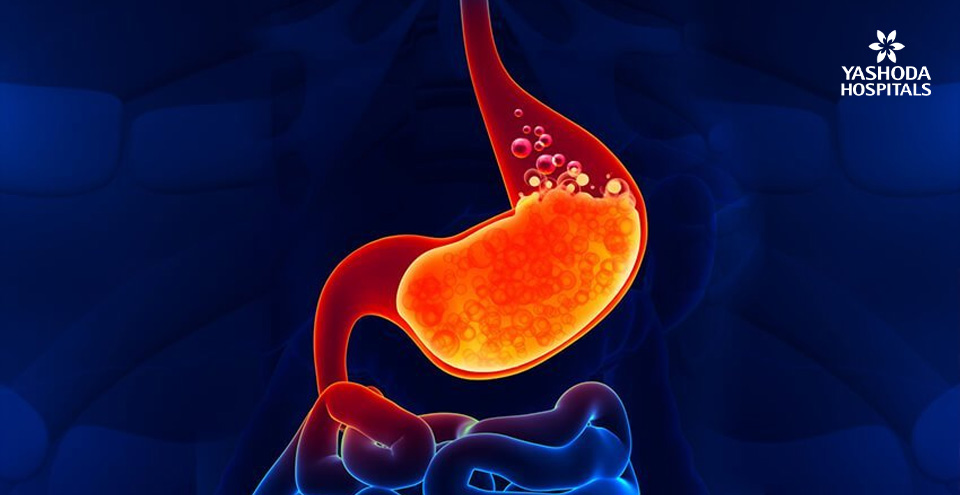
Do you have a burning sensation in the throat, sometimes producing a sour or acidic-tasting fluid in the throat?
Acid reflux disease is caused when the stomach acid flows back up into the esophagus or food pipe. Acid reflux is described in different ways as heart burn, indigestion and pyrosis. When acid reflux occurs more than two times within a week, it is referred to as Gastroesophageal reflux disease (GERD). If neglected, acid reflux may increase the risk of cancer.
Acid reflux is caused by failure of gastroesophageal sphincter which stops the flow of contents from stomach into the esophagus. When the sphincter fails to work properly, the hydrochloric acid present in the stomach moves up into the esophagus, to cause chest pain or heart burn. The hydrochloric acid present in the stomach aids in efficient digestion of food and kills microbes and bacteria.

CAUSES
Acid reflux may occur due to obesity, smoking, high intake of table salt, low intake of dietary fiber, low levels of physical exercise and use of drugs for specific diseases like asthma, calcium-channel blockers, antihistamines, painkillers, sedatives and antidepressants.
SYMPTOMS
Heart burn is seen quite often in people suffering from acid reflux. Other symptoms of acid reflux include dry and persistent cough, wheezing, asthma, nausea, vomiting, throat problems, pain when swallowing, chest or upper abdominal pain, dental erosion and bad breath. Notably, there is a burning sensation in the throat, sometimes producing a sour or acidic-tasting fluid in the throat.
The symptoms of acid reflux occur after eating a heavy meal, bending over or lifting an object and lying down on the back. In pregnant women, due to increased hormones and pressure from growing fetus, the symptoms of acid reflux are evident as heart burn.
RISKS AND COMPLICATIONS
In the long-term if left untreated acid reflux may lead to damage of the esophagus. This condition leads to esophagitis (bleeding and ulceration of esophagus), Strictures (difficulty in swallowing) and Barrett’s esophagus (a premalignant condition where the normal cells of the esophagus resemble those in the lower gastrointestinal tract).
TESTS AND DIAGNOSIS
Your specialist doctor or gastroenterologist may recommend tests that include endoscopy, biopsy, barium X-ray, esophageal manometry, impedance monitoring and pH monitoring. Endoscopy helps the doctor to know the condition of the esophagus. In biopsy, the tissues collected from the esophagus are sent to the laboratory for analysis, and pH monitoring helps in acidity testing.
PREVENTION
Acid reflux disease can be prevented by following simple and easy steps, viz. eating small and more frequent meals than large meals, avoiding coffee and alcohol which may trigger symptoms of acid reflux, stop wearing tight clothing, raising the head of your bed, practicing relaxation techniques, maintaining healthy weight and quitting smoking.
Acid reflux disease may occur with or without gastritis. You may also read about Gastritis, symptoms, causes and treatment




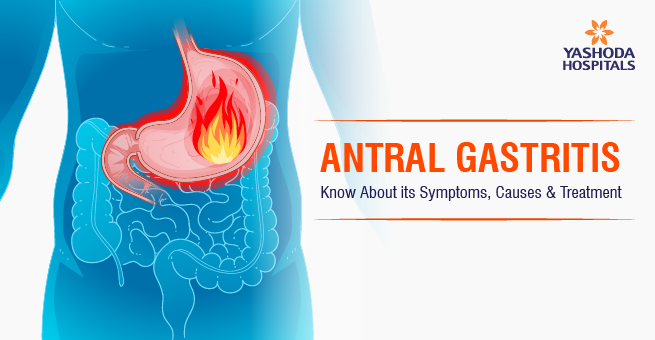




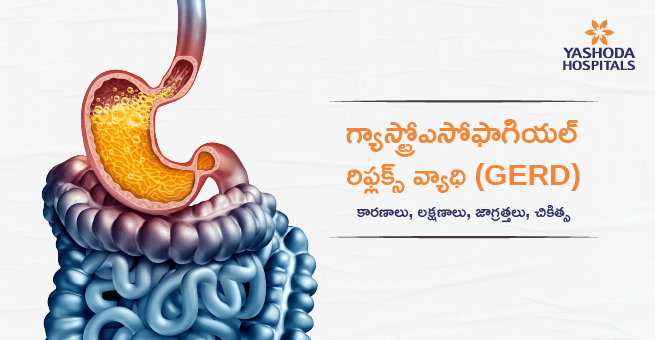


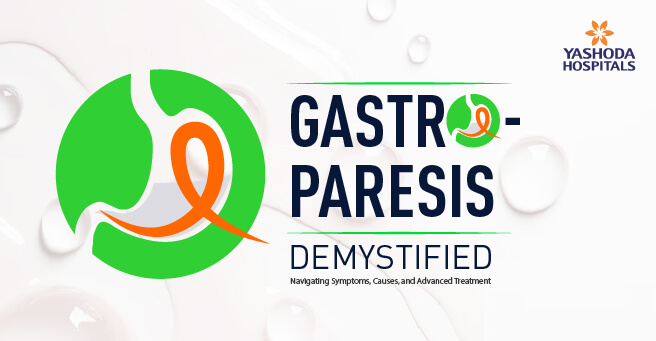

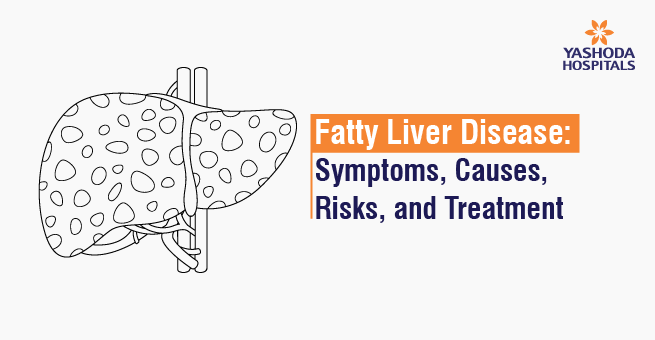






 Appointment
Appointment WhatsApp
WhatsApp Call
Call More
More